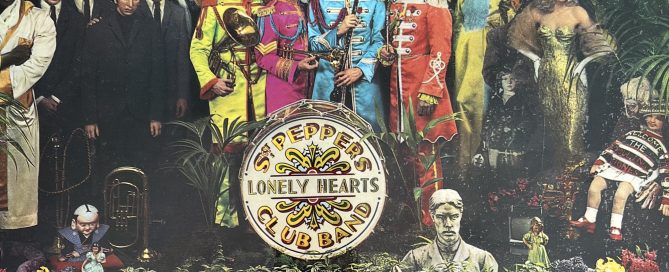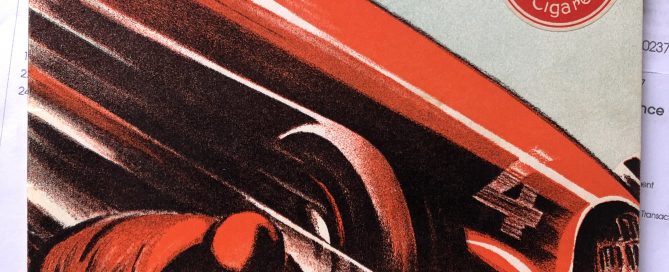Three GPs in 15 days – I’d never had made it
Never had to check the diary. The last Saturday in June was Assen, followed eight days later at Spa. Thursday night at Assen fired up ten days of total chaos and some brilliant racing. Car races, deadlines, overnight ferries, flights in ancient aircraft, chips covered in mayonnaise, plenty of cold beer and planned parking; all coming into play to ensure back-to-back grands prix at two European classic venues, that somehow produced copy and photographs onto the pages of our respective magazines.
The fun and games started on the overnight ferry between England and Holland. I remember Wayne Gardner having to go to the medical centre in Assen with a strained arm. He told the doctor it was arm pump, but it was caused by an arm-wrestling contest late one night in the middle of the English Channel. The pace hotted up on the Thursday evening at Assen. After a full afternoon of the six classes of Grand Prix practice the Dutch rounds of the TT Formula One and Two races took to the hallowed tarmac. It was Championships dominated by British and especially Irish riders, such as the great Joey Dunlop and Brian Reid. After the prize giving it was time for the celebrations or commiserations usually starting in Assen and often finishing in Groningen with the sidecar boys, always up for a party, joining in
Racing at Assen was always on Saturday, a throwback to the early days when they did not want to affect the attendance at the local churches. Parking early on race morning was a crucial part of the plan. As the final race ended you had to be out of Assen on the road with a bag of films and photocopied results from the 50cc, 125cc, 250cc, 350cc, 500cc and sidecar Grands Prix on route to the Hook of Holland and the overnight ferry back to England. That 250 km journey was our very own Grand Prix and time was tight. The FIM Stewards would have been very busy. Once back in England on Sunday morning it was drive to the office, write 2000 words of copy, type out the results get the films developed and then sleep.
Two days later we were ready to start the process all over again at the magnificent Spa Francorchamps circuit, carved out of the forest high in the Belgium Ardennes. Often we would fly across the Channel this time. Once we hitched a free flight on an ancient Viscount airliner being used by a certain Richard Branson to set up a new airline. Thank goodness, no TT Formula One or Two races, but just as much fun and games. A Sunday race meant tighter deadlines. We had leave even earlier to catch the flight back. I remember a bag of films being thrown over the track during the sidecar race from the inside of the La Source hairpin so we could get away before the traffic.
So Assen and Spa, the most memorable back-to-back races of the season – well actually not quite. Anybody who was lucky enough, although I might not have used those exact words at the time, to board that overnight party ferry between Finland and Sweden after their respective Grands Prix would agree. Was it the relief of leaving Imatra alive or the worry of leaving Anderstorp with the prospect racing over those Imatra railway lines looming? Was it the fact it never actually got dark as the boat wound its way through hundreds of tiny islands? Perhaps a combination of them both, but the party-loving Scandinavian blond ladies, loud music and beer certainly played their part.
The riders, teams and media have just completed three back-to-back Grands Prix in just 15 days. Back in the day I don’t think my brain, body or liver could have taken the strain. Enjoy the summer break – you deserve it.



